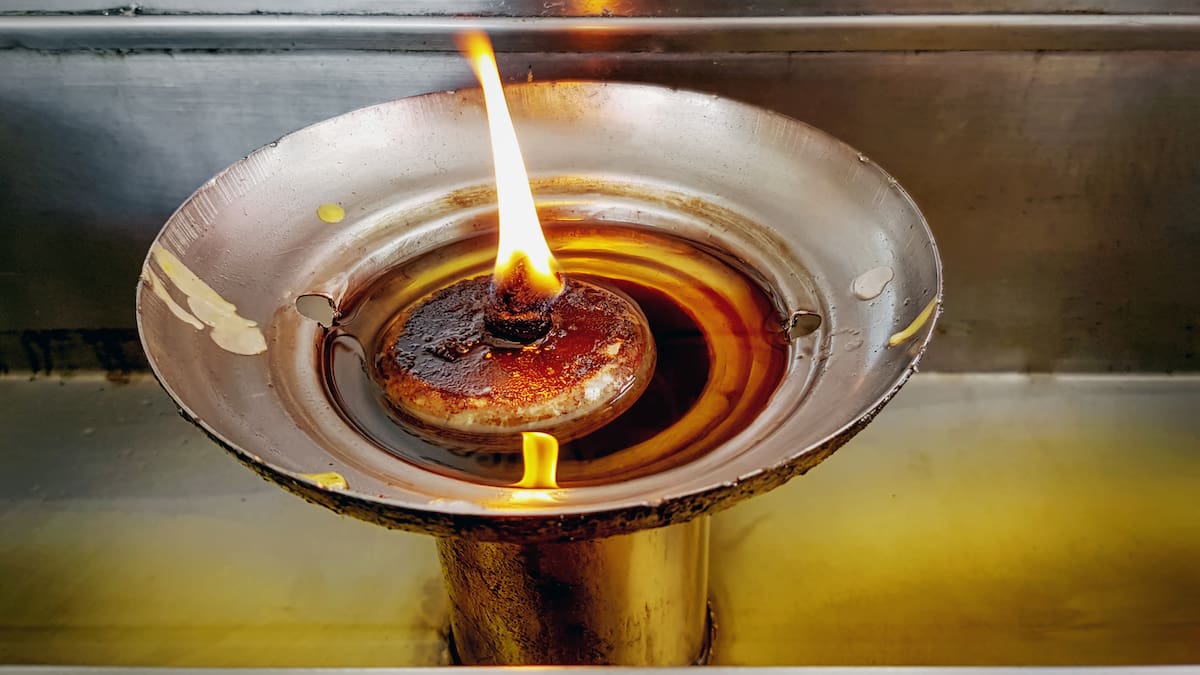The fridge itself had been at the holiday home in Endeavour Inlet in the Marlborough Sounds for more than 40 years and was kerosene-powered, meaning a flame is lit inside a fuel reservoir to create an endothermic reaction that draws heat from the inside of the fridge.
In late January 2019, MacDonald was showing his grandson how to light the wick inside the reservoir, but was having trouble getting it started. He emptied some of the kerosene, changed the length of the wick and waited 15-20 minutes for it to cool down before trying again.
During the second attempt, the fuel mixture exploded, covering MacDonald’s hands. His grandson pulled him from the room and used a fire extinguisher to douse the room.
MacDonald’s clothes were also on fire, and he tried to extinguish them by rolling down a bank and into a creek bed.
He then instructed his grandson to cut his clothes off, and he was placed in a bath with cool water while they waited one hour for a rescue to arrive.
While they waited, MacDonald’s whānau got him out of the bath and on to clean wet towels before wrapping him in a blanket to keep his body temperature up.
MacDonald was flown to Hutt Hospital, where he was stabilised and treated before being transferred to Middlemore Hospital in Auckland.
Unfortunately, doctors weren’t able to stabilise him enough to do skin grafts, and over the next five weeks his condition deteriorated. He died in March 2019.
Associate Coroner James Buckle today released his findings into MacDonald’s death, saying he died from severe burns, which caused multiple organ failure.
A Deadly Combo: Kerosene and Methylated Spirits
On the day of the explosion, one of MacDonald’s whānau took samples of the fuel that was used and gave it to police, who sent it to ESR for analysis.
It was found that the fuel was a mixture of kerosene and methylated spirits, with the latter chemical lowering the flashpoint of the former. This meant the vapour inside the fuel reservoir could be ignited at a much lower temperature.
Police found it was possible that when MacDonald adjusted the wick, he may have lowered it, allowing the methylated spirits to be drawn up the wick.
When MacDonald emptied some of the fuel out, it created more air space at the top for methylated spirits vapours to accumulate, and possibly allowed the wick to become saturated with more explosive liquid.
The holiday home was used by MacDonald’s extended whānau, and there was no booking system, so it was impossible to tell who put methylated spirits into the fuel reservoir and when.
The coroner said kerosene fridges were not commonly used, but they should only be used with the appropriate fuel and should not be mixed with other spirits.
He also recommended that when removing the fuel reservoir, the burner should be extinguished, and any spillage should be cleaned before using the fridge.
The coroner extended his condolences to MacDonald’s whānau.
Jeremy Wilkinson is an Open Justice reporter based in Manawatū, covering courts and justice issues with an interest in tribunals. He has been a journalist for nearly a decade and has worked for NZME since 2022.

